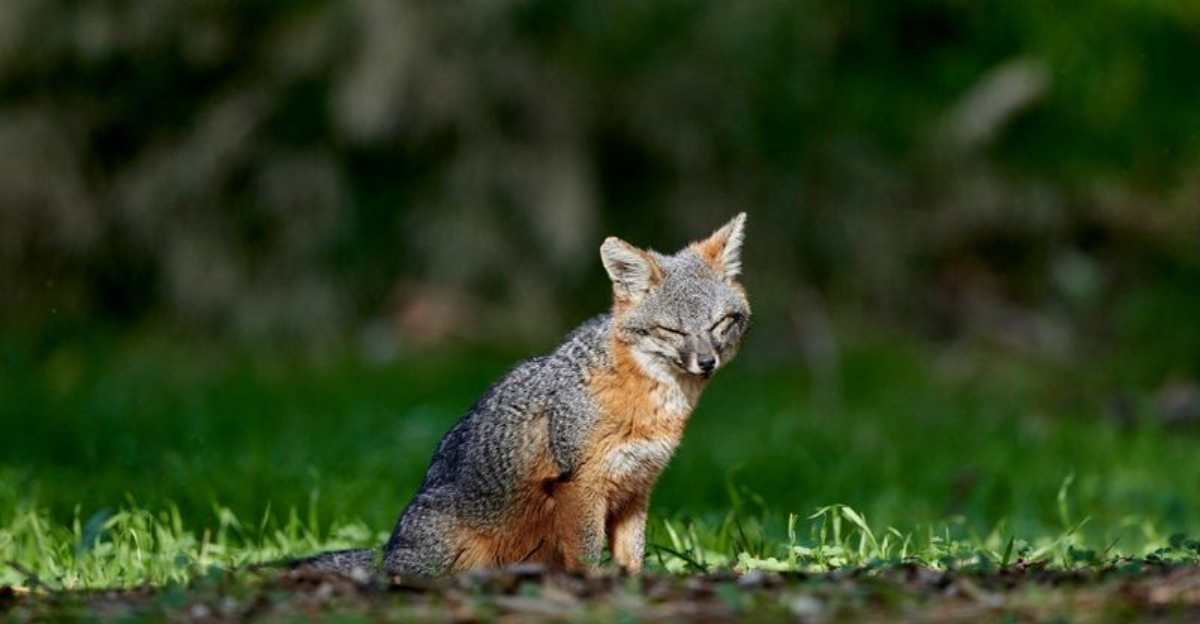The United States is home to a remarkable variety of wildlife, many of which are found nowhere else on Earth. These unique creatures have adapted to the diverse landscapes and climates across the country, from the dense forests of the Pacific Northwest to the arid deserts of the Southwest.
We will explore some extraordinary wild animals that are native to the U.S., showcasing their unique characteristics and the reasons why they stand out in the animal kingdom. Join us as we embark on a journey to discover these fascinating creatures and learn more about the ecosystems they call home.
1. California Condor
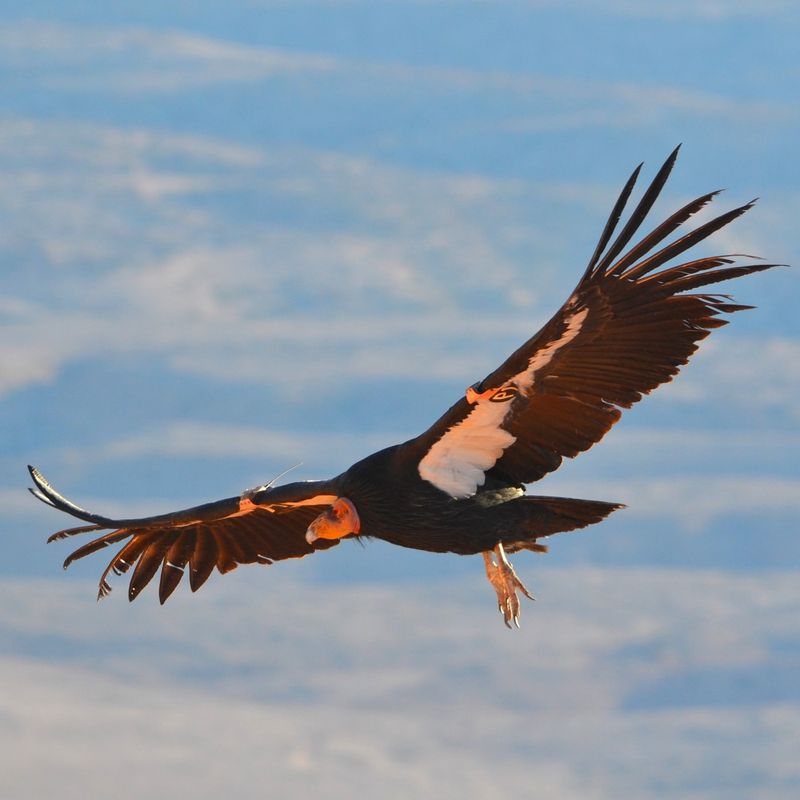
Soaring high above the western skies, the California Condor is a testament to the resilience of nature. Once on the brink of extinction, these birds have made a remarkable comeback thanks to conservation efforts.
Their wingspan, stretching over nine feet, makes them one of the largest flying birds in North America. California Condors possess a unique bald head, which is an adaptation to their scavenging lifestyle. They feast on carrion, keeping the environment clean from decay.
These birds can often be seen gliding effortlessly in the skies over the Grand Canyon and along the coast of California.
Their social behavior is fascinating, as they communicate through a series of hisses and grunts. While their numbers remain low, ongoing conservation programs continue to support their recovery, making them a symbol of hope for endangered species worldwide.
2. American Alligator
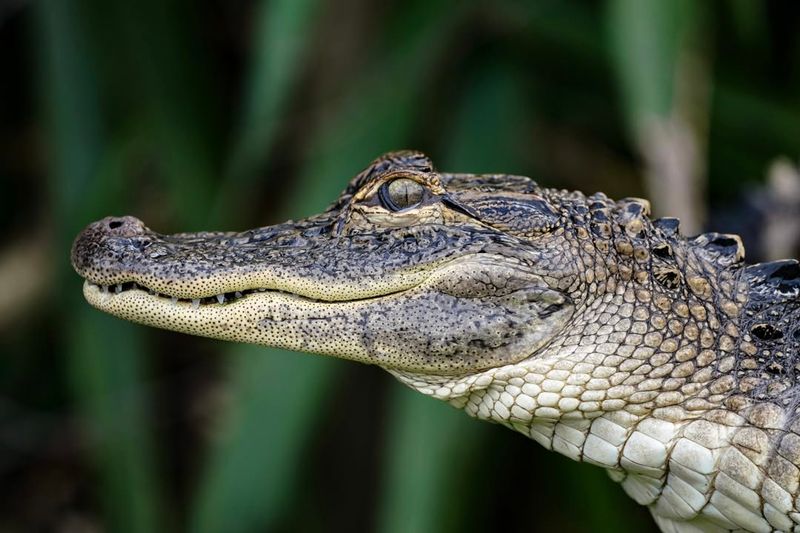
Lurking in the swamps and marshes of the southeastern United States, the American Alligator is a true symbol of the region’s wildlife. These ancient reptiles have been around for millions of years, evolving to become top predators in their freshwater habitats.
American Alligators can grow up to 15 feet in length and weigh over 1,000 pounds. Their powerful jaws and stealthy hunting techniques make them formidable hunters. They primarily feed on fish, birds, and small mammals.
In addition to their hunting prowess, alligators play an essential role in their ecosystems. They help maintain the balance of aquatic life and create habitats for other species by digging holes that retain water during dry periods. These keystone species are vital to the health of their environments, showcasing their extraordinary ecological importance.
3. Key Deer
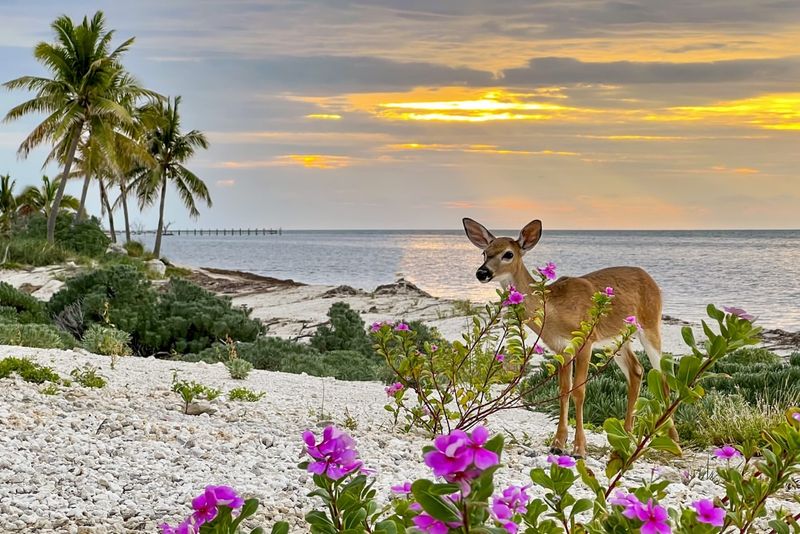
In the subtropical paradise of the Florida Keys, the Key Deer roams freely, captivating all who encounter them.
As one of the smallest deer species in North America, they are quite unique to the region. Interestingly, these deer are about the size of a large dog, which is an adaptation to their island habitat.
The Key Deer’s small size allows it to navigate dense underbrush easily and survive on limited food resources. Unfortunately, this charming species is currently endangered due to habitat loss and human interference.
Efforts are being made to protect their natural environment and ensure their survival. With initiatives focused on preserving the delicate ecosystem of the Florida Keys, there is hope that future generations will continue to marvel at these gentle creatures in their natural habitat.
4. Hawaiian Monk Seal
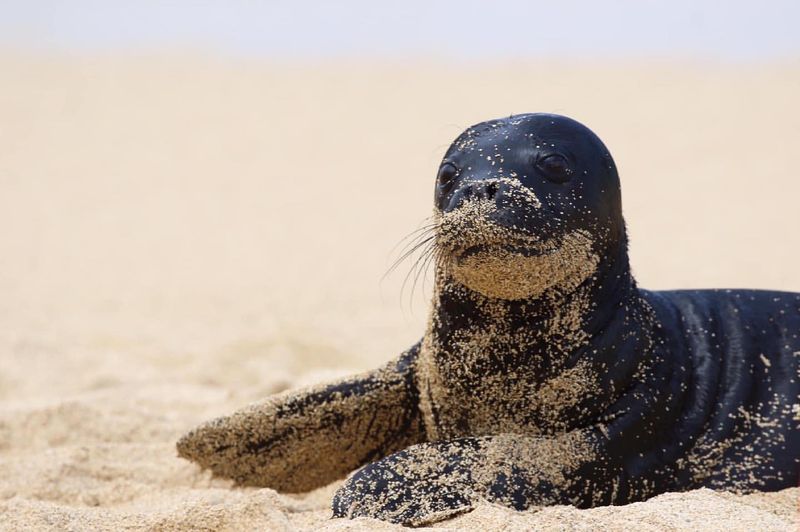
Basking on the pristine beaches of the Hawaiian Islands, the Hawaiian Monk Seal is an extraordinary marine mammal native to this tropical paradise. These seals are critically endangered, with only around 1,400 individuals remaining in the wild.
Their existence dates back millions of years, making them one of the oldest seal species. With a diet consisting mainly of fish, octopus, and crustaceans, they play an essential role in maintaining the health of coral reefs.
Hawaiian Monk Seals are often seen resting on sandy shores, offering a glimpse into a world of ancient marine life. Conservation efforts focus on habitat protection and reducing human disturbances, giving these unique creatures a fighting chance to thrive in their natural environment. The Hawaiian Monk Seal is a symbol of the rich biodiversity found in the U.S.
5. Island Fox
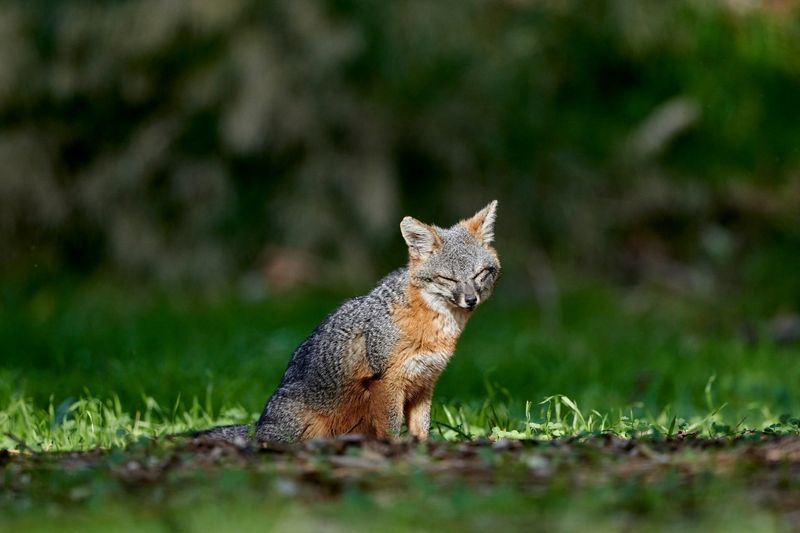
Exclusive to California’s Channel Islands, the Island Fox captivates with its small stature and curious nature. These foxes are perfectly adapted to island life, with six subspecies corresponding to each Channel Island, making them a symbol of biodiversity.
Their diminutive size, about that of a house cat, allows them to navigate dense shrubs and rocky landscapes. They primarily feed on insects, fruits, and small mammals, which they hunt with agility and precision.
Island Foxes faced severe population declines due to introduced predators and diseases. However, successful conservation programs have sparked a remarkable recovery. Today, these charming creatures are thriving, embodying the resilience of island ecosystems.
6. Red Wolf
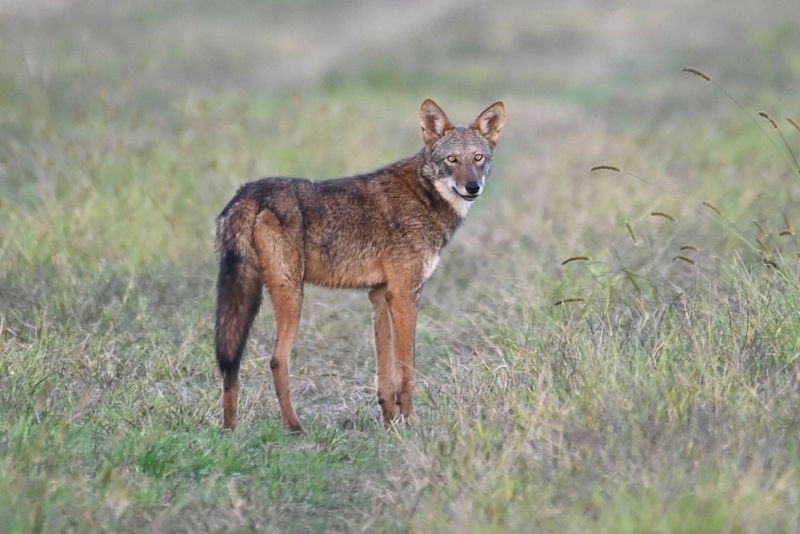
Hidden in the wilds of the southeastern United States, the Red Wolf stands as a beacon of conservation success. Known for their vibrant reddish coats, these wolves once roamed throughout the eastern U.S. before facing near extinction.
Their reintroduction into the wild marked a significant milestone in wildlife conservation. Red Wolves are social animals, living in packs and communicating through a series of howls that echo through the forest.
As apex predators, they play a critical role in controlling prey populations, thus maintaining the ecological balance. Ongoing efforts to expand their habitat and protect their population continue, reflecting the ongoing commitment to preserve this extraordinary species for future generations.
7. Utah Prairie Dog
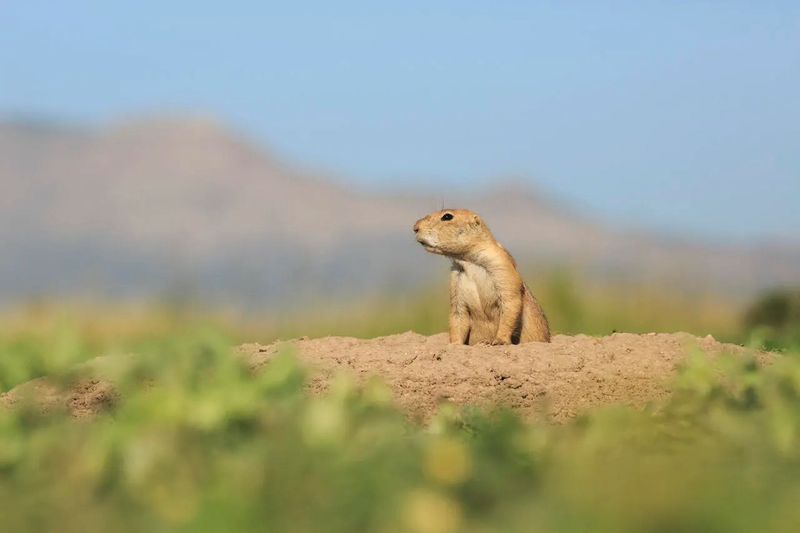
The Utah Prairie Dog is a charismatic creature found only in the grasslands of southwestern Utah. Known for their complex social structures, these small mammals live in colonies and communicate through a series of chirps and barks.
Their burrows serve as essential ecosystems, providing homes for various other species and aiding soil aeration. Despite their ecological importance, the Utah Prairie Dog is considered a threatened species due to habitat loss and disease.
Conservation efforts focus on protecting their natural habitats and understanding their social dynamics. By preserving these prairie dogs, we ensure the survival of a host of other species that rely on the environments they help sustain.
8. Oregon Spotted Frog
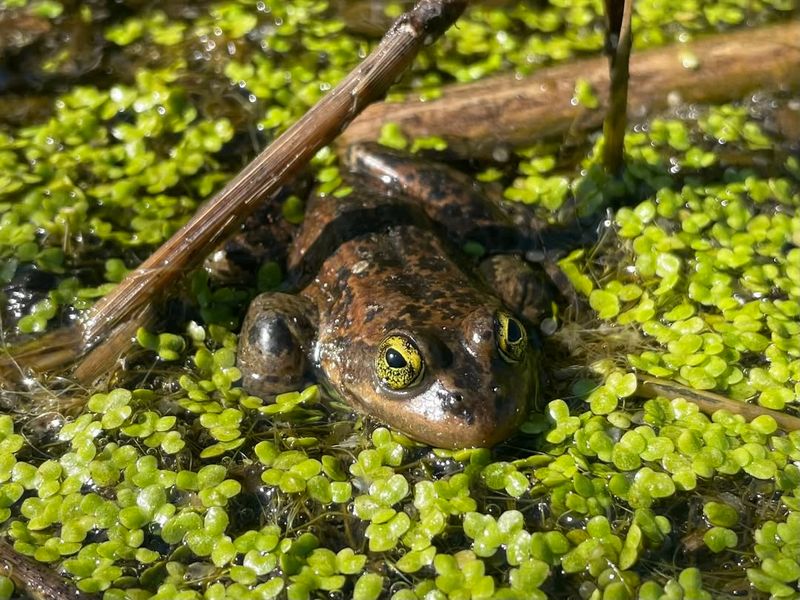
Amidst the wetlands of the Pacific Northwest, the Oregon Spotted Frog reigns supreme. With its striking appearance, characterized by bright eyes and distinctive spots, it serves as an indicator of wetland health.
These frogs depend on specific aquatic habitats for breeding, making them vulnerable to environmental changes. Their life cycle involves a fascinating transformation from tadpole to adult frog, which captivates biologists and nature enthusiasts alike.
Efforts to conserve their habitats are crucial, as the Oregon Spotted Frog is considered a threatened species. Protecting these frogs helps maintain the delicate balance of the wetland ecosystems they inhabit. These intricate environments support a wide range of biodiversity, illustrating the interconnectedness of nature.
9. Florida Manatee
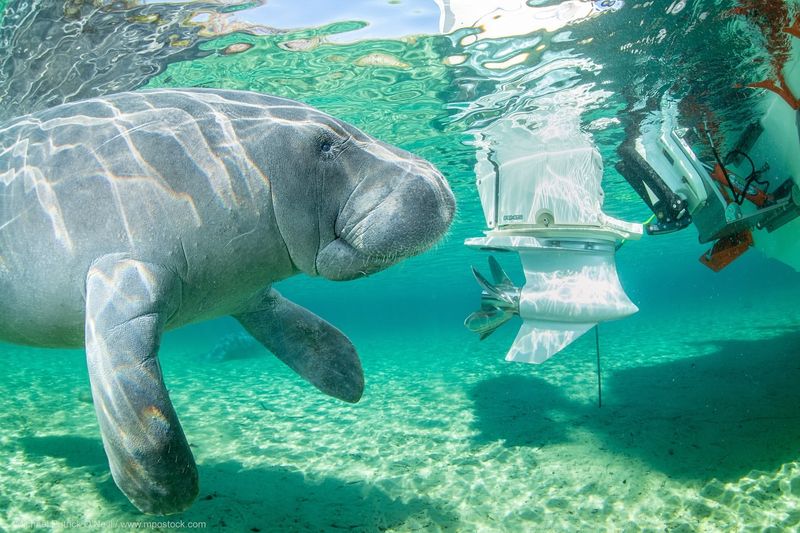
In the warm waters of Florida, the gentle Florida Manatee roams, captivating with its serene presence. Often referred to as “sea cows,” these marine mammals are known for their slow, graceful movements and docile nature.
Florida Manatees primarily feed on aquatic vegetation, making them crucial for maintaining healthy water ecosystems. Their need for warm water habitats makes them vulnerable to cold stress and habitat destruction.
Conservation efforts include establishing manatee sanctuaries and regulating boat traffic, which poses a significant threat to these gentle giants. By protecting their habitats, we ensure the continued survival of this unique species, which holds a special place in the hearts of those who encounter them.
10. Javelina (Collared Peccary)
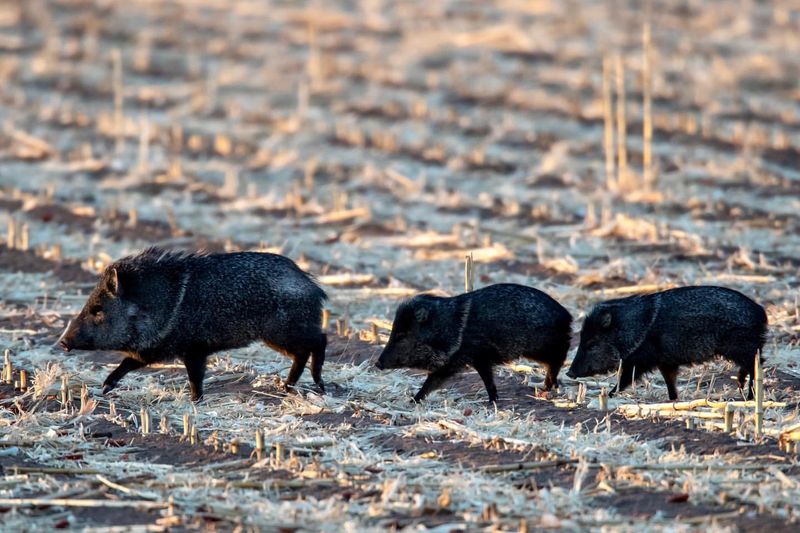
In the arid deserts of the southwestern United States, the Javelina, or Collared Peccary, roams in herds, displaying their social and adaptable nature. Despite resembling wild pigs, they are uniquely their own species, with distinct traits and behaviors.
Javelinas are known for their coarse fur and distinctive collar pattern, which aids in camouflage. They forage for food such as fruits, seeds, and small plants, playing a vital role in seed dispersion and ecosystem health.
These creatures are often found near water sources, demonstrating their adaptability to harsh environments. Understanding their social dynamics and habitat preferences is key to their conservation, ensuring these desert dwellers continue to thrive in their natural habitats.
11. American Bison
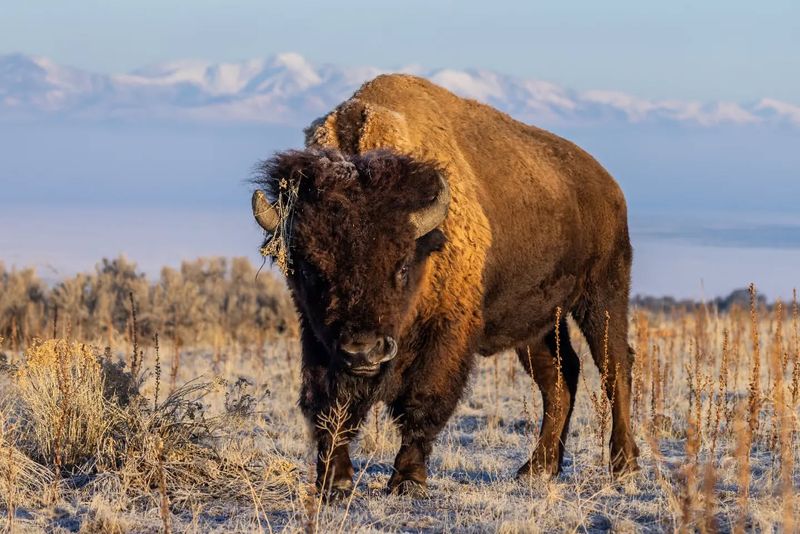
Roaming the wide open plains of North America, the American Bison is a symbol of strength and resilience. As the largest land mammal in the U.S., these iconic creatures were once on the brink of extinction due to overhunting.
Today, conservation efforts have brought them back from the edge, and they now roam freely in protected areas such as Yellowstone National Park. Bison play an essential role in maintaining the health of grassland ecosystems by grazing, which promotes plant diversity.
Their majestic presence is a reminder of the vast, untamed landscapes that once dominated the continent. By protecting bison and their habitats, we preserve a vital part of America’s natural heritage and the ecological balance of the grasslands.
12. American Black Bear
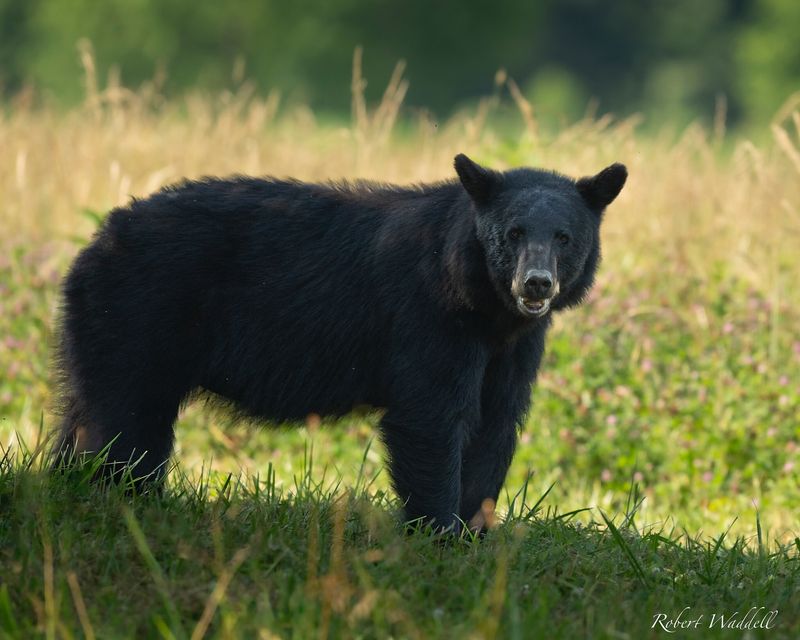
In the dense forests of the eastern United States, the American Black Bear thrives, showcasing its adaptability and intelligence. These bears are renowned for their ability to find food in various environments, from forests to suburban areas.
With a diet that includes berries, nuts, and occasionally small mammals, they play a pivotal role in seed dispersion and ecosystem health. Black bears are also known for their remarkable tree-climbing abilities, which aid in finding food and escaping threats.
Despite their widespread presence, human-bear conflicts pose a significant challenge. Conservation strategies focus on habitat preservation and education to promote coexistence between bears and humans. These efforts ensure that black bears continue to thrive in the wild, contributing to the biodiversity of their forested homes.
13. Nene (Hawaiian Goose)
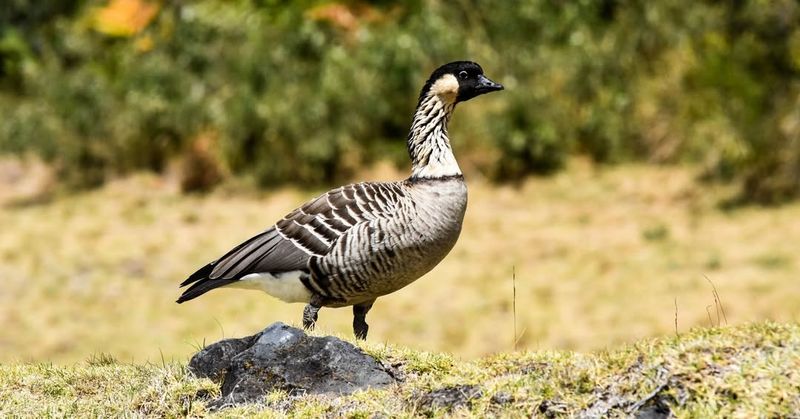
On the lush slopes of the Hawaiian Islands, the Nene, or Hawaiian Goose, meanders gracefully. As Hawaii’s state bird, they are uniquely adapted to the volcanic terrain and are the only native goose species in the islands.
Nene geese have webbed feet with reduced webbing, allowing them to walk on rugged lava fields with ease. Their diet primarily consists of grasses, leaves, and berries found in their high-altitude habitats. Conservation efforts have been successful in increasing their population from near extinction.
Programs focusing on habitat restoration and predator control continue to support their recovery, ensuring future generations can admire these resilient birds amidst the breathtaking Hawaiian landscapes.
14. Eastern Hellbender
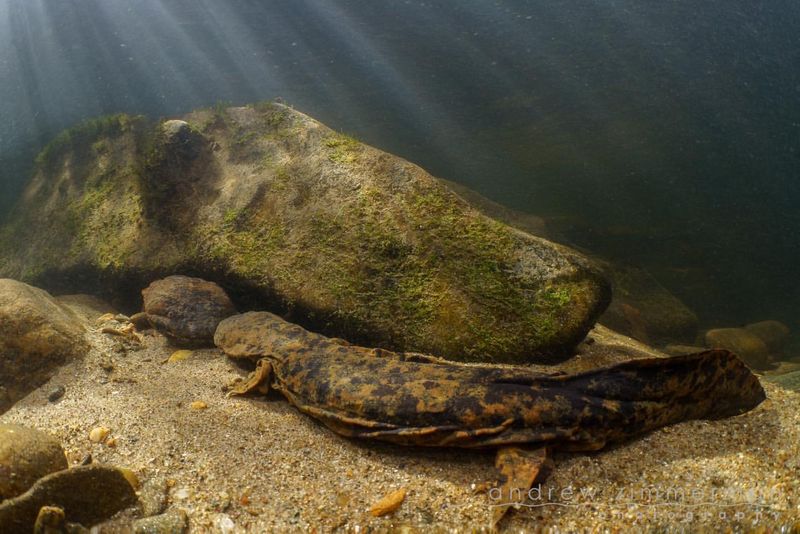
Beneath the clear waters of Appalachian streams, the Eastern Hellbender lurks, showcasing a truly unique aspect of U.S. biodiversity. Known as the “snot otter” due to its distinctive, slimy appearance, this giant salamander is one of the largest in North America.
Hellbenders are fully aquatic and require pristine, oxygen-rich streams to thrive. Their presence is a strong indicator of the health of their aquatic environment, as they are sensitive to pollution and habitat degradation.
Conservation efforts focus on protecting their habitats and raising awareness of their ecological importance. By ensuring clean waterways, we not only protect the Eastern Hellbender but also numerous other species that rely on these freshwater ecosystems.
15. Kirtland’s Warbler
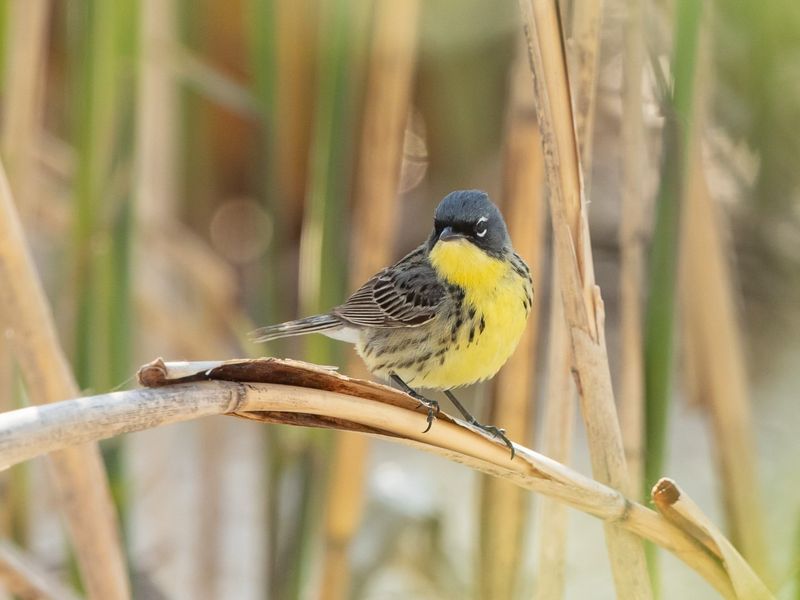
In the young jack pine forests of Michigan, the melodious song of the Kirtland’s Warbler rings out, capturing the hearts of bird enthusiasts. This small songbird is one of North America’s rarest, with a restricted breeding range limited to specific habitats.
Kirtland’s Warblers require young jack pines for nesting, a habitat that is maintained through controlled burns and forest management practices. These efforts have significantly contributed to their population recovery.
Their migratory path takes them to the Bahamas during winter, showcasing their incredible journey across vast distances. Continued conservation initiatives aim to secure their breeding grounds and protect migratory routes, ensuring that future generations can enjoy the beauty and song of this extraordinary bird.
16. Desert Tortoise
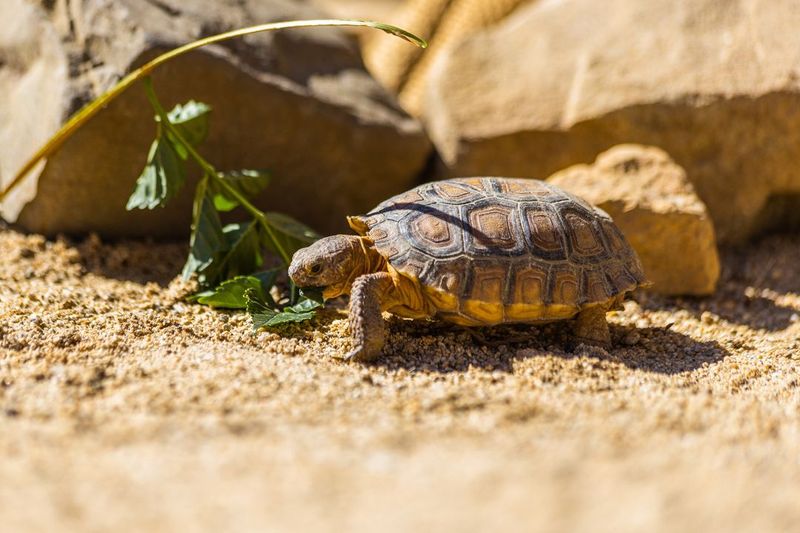
Slowly traversing the arid landscapes of the southwestern United States, the Desert Tortoise embodies perseverance and adaptability. These reptiles are perfectly suited to desert life, with a lifespan that can exceed 50 years.
Their sturdy shells protect them from predators and harsh conditions, while their ability to conserve water enables them to survive in one of the most challenging environments on Earth. Desert Tortoises primarily feed on grasses and wildflowers.
Conservation efforts focus on protecting their habitats from development and human interference. By preserving the desert ecosystems they inhabit, we ensure the survival of not only the tortoises but also the myriad of species that rely on these unique environments.
17. American Marten
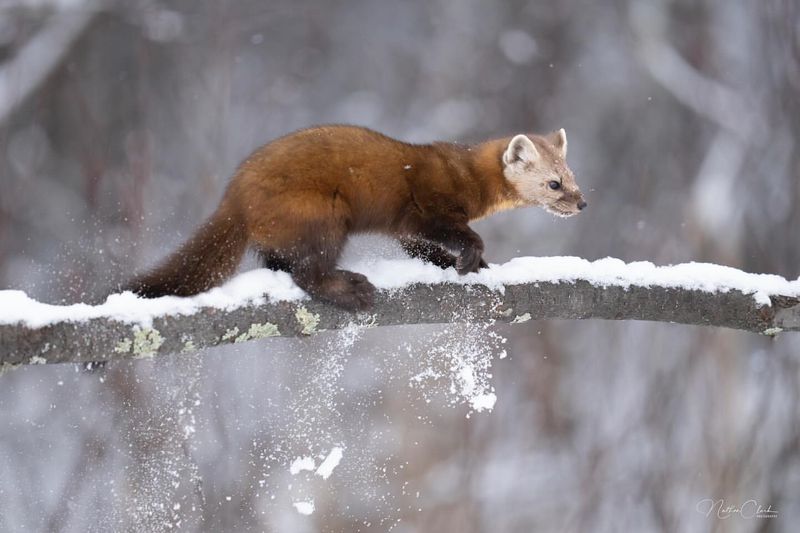
In the snowy forests of the northern United States, the American Marten moves with agility and grace. These small carnivores are adept climbers, navigating tree branches with ease as they hunt for prey such as rodents and birds.
American Martens rely on dense, old-growth forests for shelter and hunting grounds. Their presence indicates a healthy, well-balanced ecosystem, as they are sensitive to environmental changes.
Conservation initiatives aim to protect these vital forest habitats and ensure connectivity between marten populations. By safeguarding these areas, we help maintain the ecological integrity of the forests and the diverse life forms that inhabit them.
18. Texas Horned Lizard
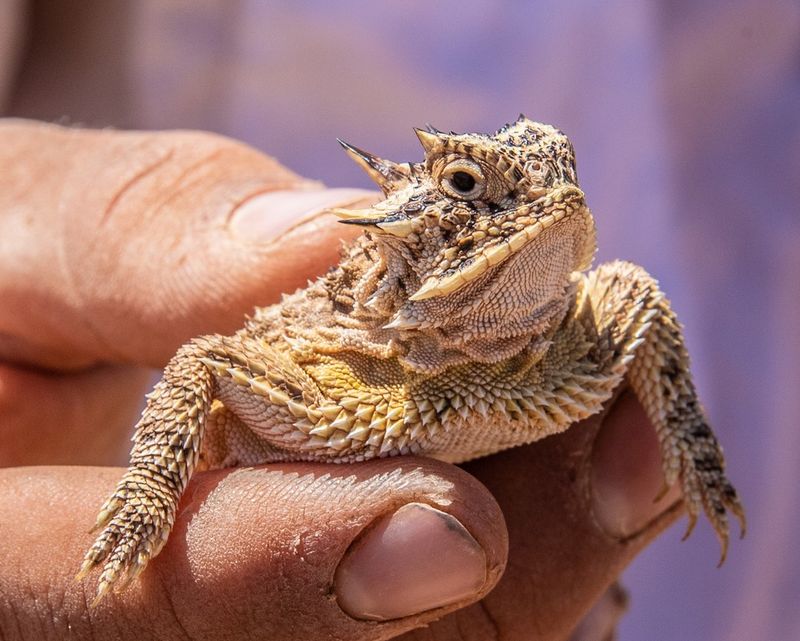
With its spiky armor and remarkable camouflage, the Texas Horned Lizard is a true marvel of the southwestern United States. These lizards are masters of disguise, blending seamlessly with the desert landscape.
Their diet primarily consists of ants, and they have developed unique adaptations to capture and consume their prey efficiently. In defense, horned lizards can squirt blood from their eyes to deter predators, a truly extraordinary survival tactic.
Habitat loss and predation pose significant threats to their populations. Conservation efforts focus on habitat restoration and education to promote coexistence with human activities. Protecting these lizards ensures the continued presence of one of nature’s most intriguing adaptations.
19. American Flamingo
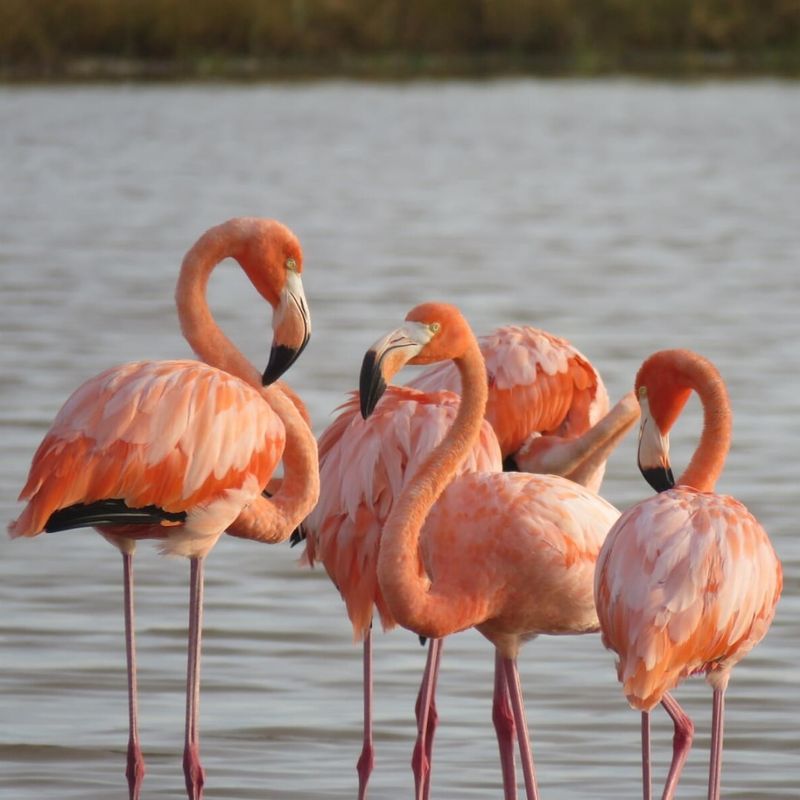
In the warm coastal waters of Florida, the American Flamingo stands as a beacon of color and elegance. Known for their vibrant pink plumage, these birds are social creatures, often seen in large flamboyant flocks.
Flamingos feed on small crustaceans and algae, using their specialized beaks to filter food from the water. Their striking color comes from carotenoids in their diet, turning them into living art.
While primarily associated with the Caribbean, American Flamingos can be found in Florida’s coastal regions. Conservation efforts aim to protect their habitats from development and pollution, ensuring these iconic birds continue to grace the skies with their beauty.

